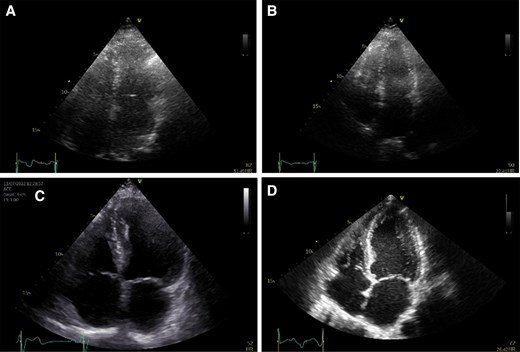New guidelines focus on prevention, treatment, and follow-up for infective endocarditis.
Prevention measures
Antibiotic prophylaxis is advised for high-risk patients undergoing oro-dental procedures. This includes also those with ventricular assist devices and heart transplants.
Imaging recommendations
TOE, cardiac CTA, and/or [18F]FDG-PET/CT(A) are recommended for detecting valvular lesions and complications.
Outpatient treatment
Outpatient antibiotic treatment is recommended for stable patients with specific bacterial infections after 10 days of IV antibiotics. TOE is recommended before switching from intravenous to oral antibiotics in stable patients.
Post-discharge follow-up
Follow-up to reduce the risk of recurrence includes patient education, dental health, addiction treatment, and cardiac rehabilitation.
These guidelines aim to improve patient outcomes through comprehensive prevention, precise imaging, effective treatment, and thorough follow-up care. As these guidelines emphasize the importance of precise imaging in diagnosing and managing endocarditis, using advanced echocardiography tools becomes essential. Innovative echocardiography software can enhance the accuracy and efficiency of imaging, helping cardiologists adhere to these best practices and improve patient outcomes.
The implementation of these new guidelines highlights the need for precision and consistency in echocardiographic assessments. Advanced echocardiography software, like the solutions offered by Ligence, can play a crucial role in ensuring that strain analysis and LV diastolic function measurements adhere to the latest standards. By integrating cutting-edge software into your practice, you can enhance diagnostic accuracy and improve patient outcomes.
Disclaimer: Funded by the European Union. Views and opinions expressed are however those of the author(s) only and do not necessarily reflect those of the European Union or European Innovation Council and SMEs Executive Agency. Neither the European Union nor the granting authority can be held responsible for them.

